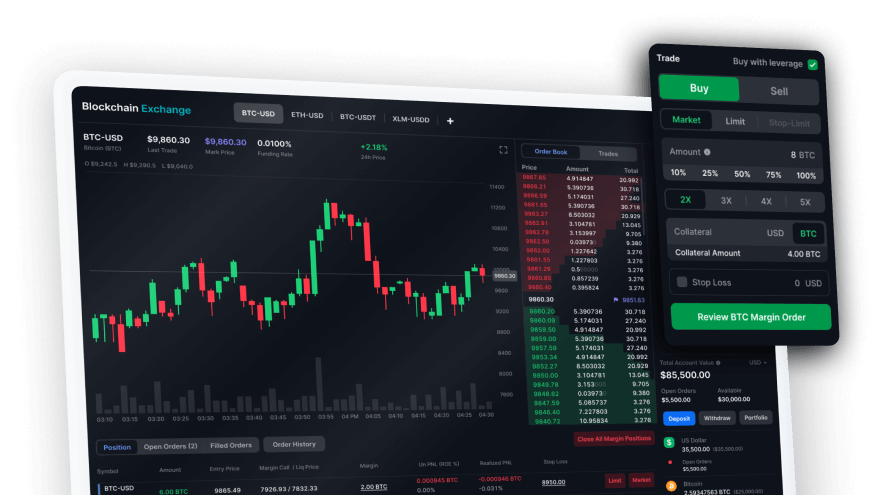











A brief history
Created by Terraform in 2018, the Terra blockchain supports decentralized finance (DeFi) ecosystem that creates algorithmic stablecoins. The original whitepaper for Terra proposes a cryptocurrency which is both price-stable and growth-driven, combining the best qualities of fiat currencies and Bitcoin. To capture the value and stabilize the price of its stablecoins, Terra implements a dual token mechanism. This mechanism consists of: “Terra currencies,” which are pegged to the U.S. dollar (UST), Mongolian tugrik (MNT), South Korean won (KRT), and the International Monetary Fund's SDR basket of currencies (SDT), with more currencies added to the list by user voting; and its native governance and utility token, LUNA. In May 2022 UST de-pegged sending LUNA into a death spiral of inflation, wiping out billions in value as its price fell from $100+ to fractions of a penny. The porject was relaunched under the same name with the inflated chain being renamed Luna Classic (LUNC)
LUNC in practice
LUNA serves as a stabilizer that captures rewards through seigniorage and transaction fees. Using UST as an example, when the value of the stablecoin is below $1, users can artificially destroy one UST to get $1 worth of LUNA. When the value rises above $1, users can burn $1 worth of LUNA to get one UST, collecting seigniorage in the process. Through this process LUNA can regulate the relative scarcity of UST and thus maintain the value of the Terra stablecoin, allowing it to function closer to that of a fiat currency. However, because the value of LUNA is tied to the stablecoins there is also a slight risk that if Terra currencies were ever to deviate too far from their pegs that LUNA’s value would be impacted (although to date Terra stablecoins have not shown this deviation). LUNA is also used to validate Terra transactions and stakers can earn transaction fees from the protocol. Additionally, Terra’s proof of stake model, where validators' verification depends on the amount of LUNA they hold, may be significantly more energy-efficient than other models. At its seed sale, 192 million LUNA tokens were minted for less than a dollar each but has since scaled, reaching a peak of $90 at the end of 2021. Compared to other cryptocurrencies, Terra is still in its early stages, however, if it continues on its trajectory of increasing user growth and adaptation it could soon be a competitor with even more mainstream tokens such as Ethereum.
